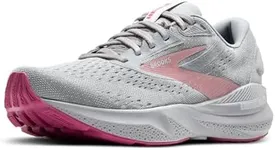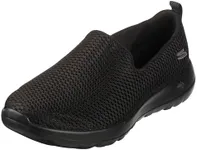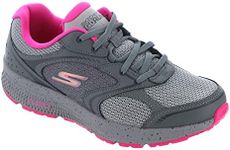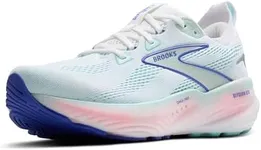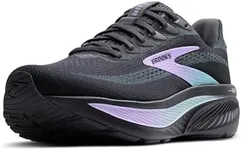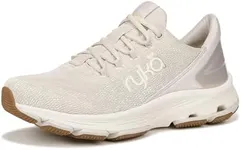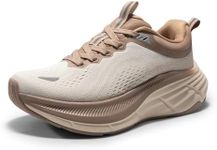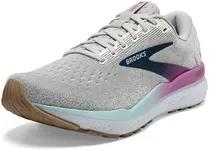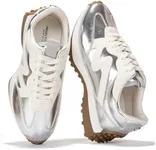Buying Guide for the Best Wide Width Walking Shoes For Women
When it comes to picking the right wide-width walking shoes for women, it's important to consider several key factors to ensure comfort, support, and durability. Walking shoes are designed to provide the necessary support for your feet during long walks or daily activities. The right pair can prevent discomfort and potential injuries. Here are the key specifications you should consider when choosing wide-width walking shoes for women.WidthWidth is a crucial factor when selecting walking shoes, especially if you have wider feet. Shoes that are too narrow can cause discomfort, blisters, and other foot problems. Wide-width shoes are designed to provide extra room in the toe box and across the midfoot. When choosing the width, ensure that the shoes do not pinch or squeeze your feet. They should feel snug but not tight. Try on shoes at the end of the day when your feet are slightly swollen to get the best fit.
Arch SupportArch support is essential for maintaining proper foot alignment and preventing pain in the feet, knees, and lower back. Walking shoes come with different levels of arch support: low, medium, and high. If you have flat feet, you may need shoes with low arch support, while those with high arches may require more substantial support. Consider your foot type and any existing foot conditions when selecting the level of arch support.
CushioningCushioning in walking shoes helps absorb shock and reduce the impact on your joints. The amount of cushioning you need depends on your walking habits and personal preference. Shoes with more cushioning are ideal for long walks or if you walk on hard surfaces. If you prefer a more natural feel, you might opt for shoes with less cushioning. Test the shoes by walking around in them to see if the cushioning feels comfortable and supportive.
MaterialThe material of the walking shoes affects their breathability, durability, and weight. Common materials include leather, mesh, and synthetic fabrics. Leather is durable and provides good support but may be less breathable. Mesh and synthetic fabrics are lightweight and breathable, making them ideal for warmer climates or more active walking. Choose a material that suits your walking environment and personal comfort preferences.
OutsoleThe outsole of walking shoes provides traction and stability. It is usually made of rubber or a similar durable material. A good outsole should offer a balance between flexibility and support. Look for shoes with a patterned or textured outsole for better grip, especially if you walk on various surfaces. Consider the type of terrain you will be walking on and choose an outsole that provides adequate traction and durability.
FitThe overall fit of the walking shoes is critical for comfort and performance. The shoes should fit snugly around your heel and midfoot while allowing enough room for your toes to move freely. When trying on shoes, wear the type of socks you plan to use during your walks. Walk around in the shoes to ensure there are no pressure points or areas of discomfort. A proper fit will help prevent blisters and other foot issues.

